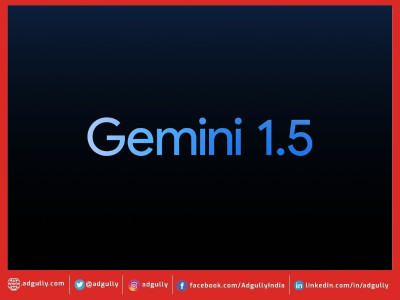Google plans third-party cookie block by 2024, unveils tracking protection
On January 4, 2024, Google will launch a new browser feature named Tracking Protection, designed to enhance user privacy by automatically restricting a website's access to third-party cookies.
Google aims to complete the phasing out of third-party cookies in Chrome by the end of 2024.
The implementation plan involves the gradual activation of Tracking Protection for 1% of a randomly selected global group of Chrome users on January 4.
Users included in this initial cohort will be notified by a modal pop-up on the right side of the address bar upon opening Chrome on either desktop or Android. The modal will display the message "Browse with more privacy" alongside an eye-shaped icon with a strike through it.
The success of this initiative hinges on the oversight of the UK's Competition and Markets Authority, responsible for the Chrome Privacy Sandbox.
Anthony Chavez, VP of product management for the Privacy Sandbox, marked this event as a "key milestone" in a blog post released on Thursday announcing the rollout.
Contrary to the extended timeline since the initial announcement over three and a half years ago, Google officially made the APIs in the Chrome Privacy Sandbox generally available in September. This has allowed developers and ad tech companies to intensify their testing efforts and seamlessly integrate the APIs into their solutions.
However, despite the general availability, testing adoption has been gradual, particularly on the buy side. According to a survey conducted by Blis and Sapio Research in late October, 61% of US marketers and media planners have yet to commence testing the Chrome Privacy Sandbox. Nevertheless, a staggering 98% express concern about signal loss and the disappearance of third-party cookies.
Google remains optimistic about the acceleration of testing efforts. Victor Wong, senior director of product for the Privacy Sandbox on Chrome and Android, emphasized that general availability serves as a compelling signal for companies to initiate API integration promptly.
In an effort to facilitate live testing, Google is introducing Tracking Protection gradually, starting with a small percentage of Chrome users. This measured approach enables developers to assess their readiness for a web environment without third-party cookies.
Crucially, in instances where a site encounters functionality challenges during the 1%-of-users phase, Chrome will automatically present an option to disable Tracking Protection temporarily. This allows the reactivation of cookies to prevent disruptions in the browsing experience while the site addresses any issues before the complete deprecation of third-party cookies.
Google's Tracking Protection rollout represents a pivotal step in their ongoing Privacy Sandbox initiative. Stakeholders need to stay updated about these developments and adapt their strategies accordingly to navigate the post-cookieless era.















Share
Facebook
YouTube
Tweet
Twitter
LinkedIn